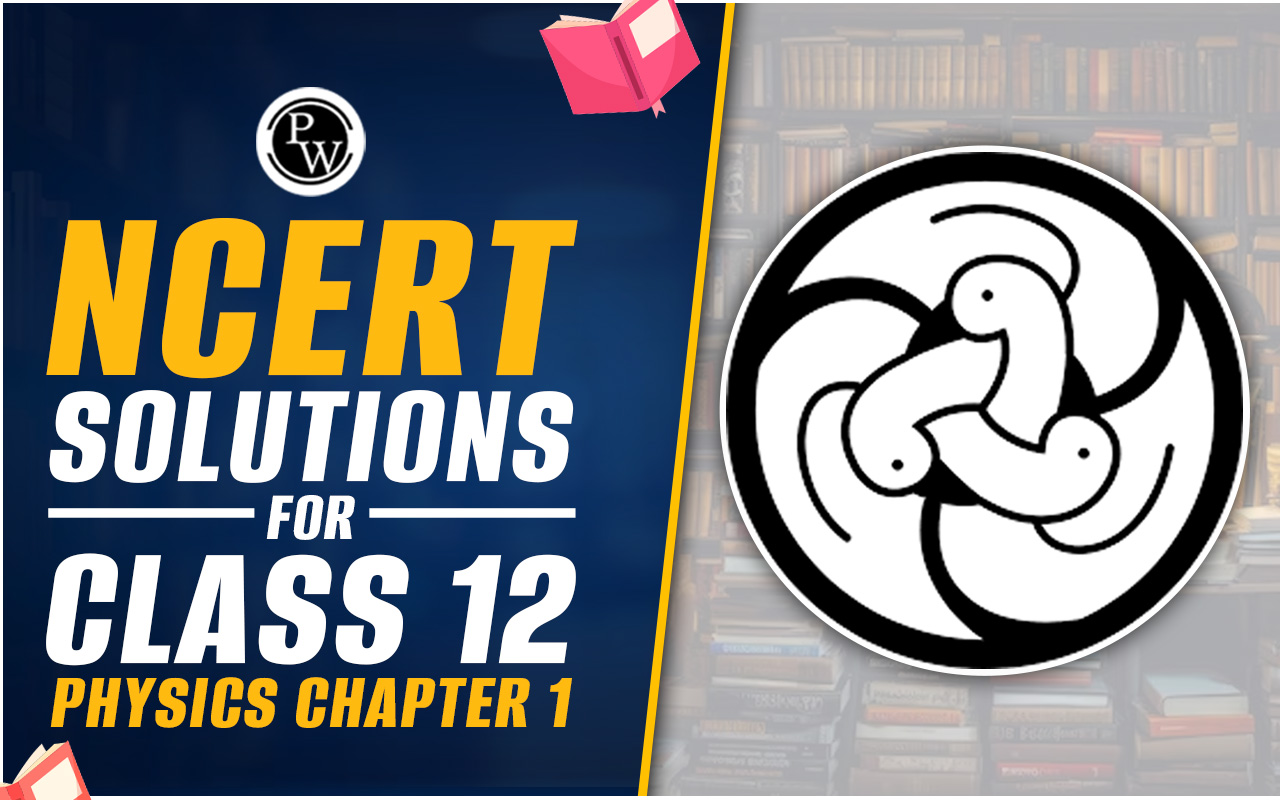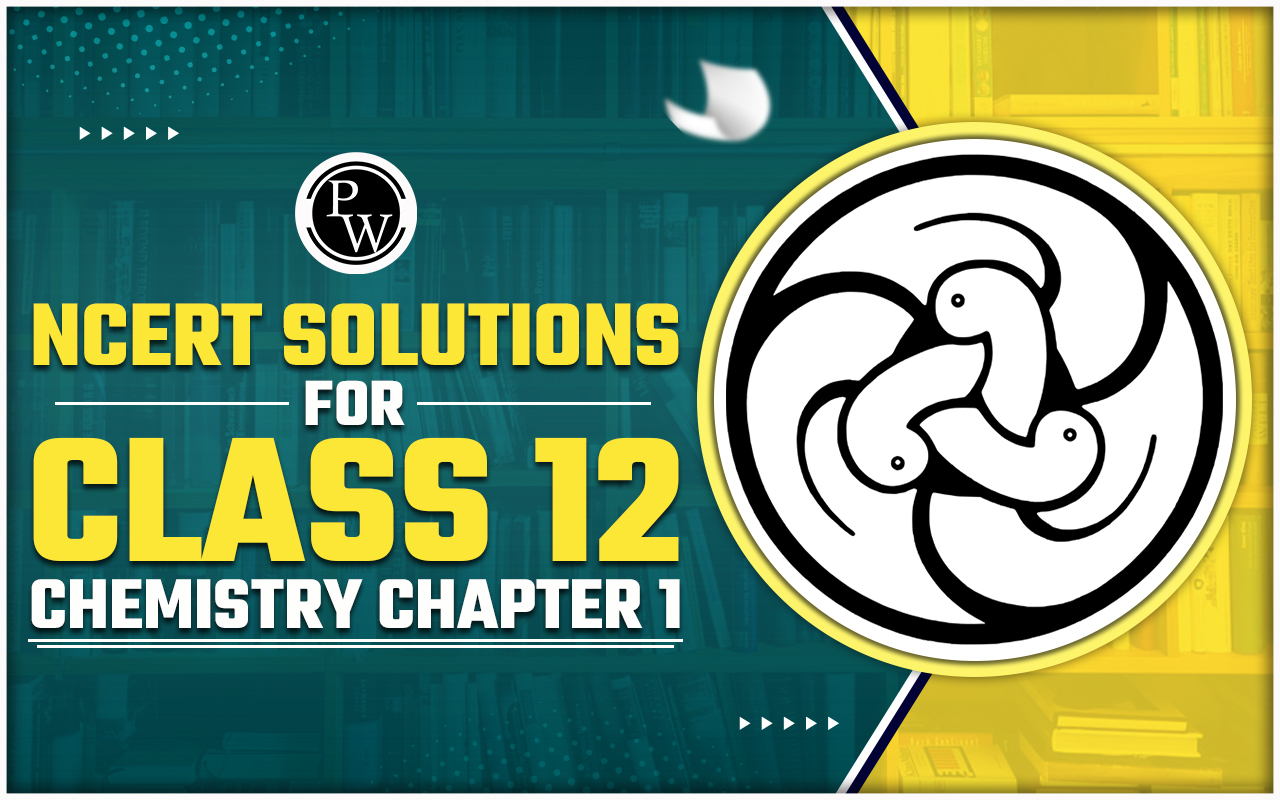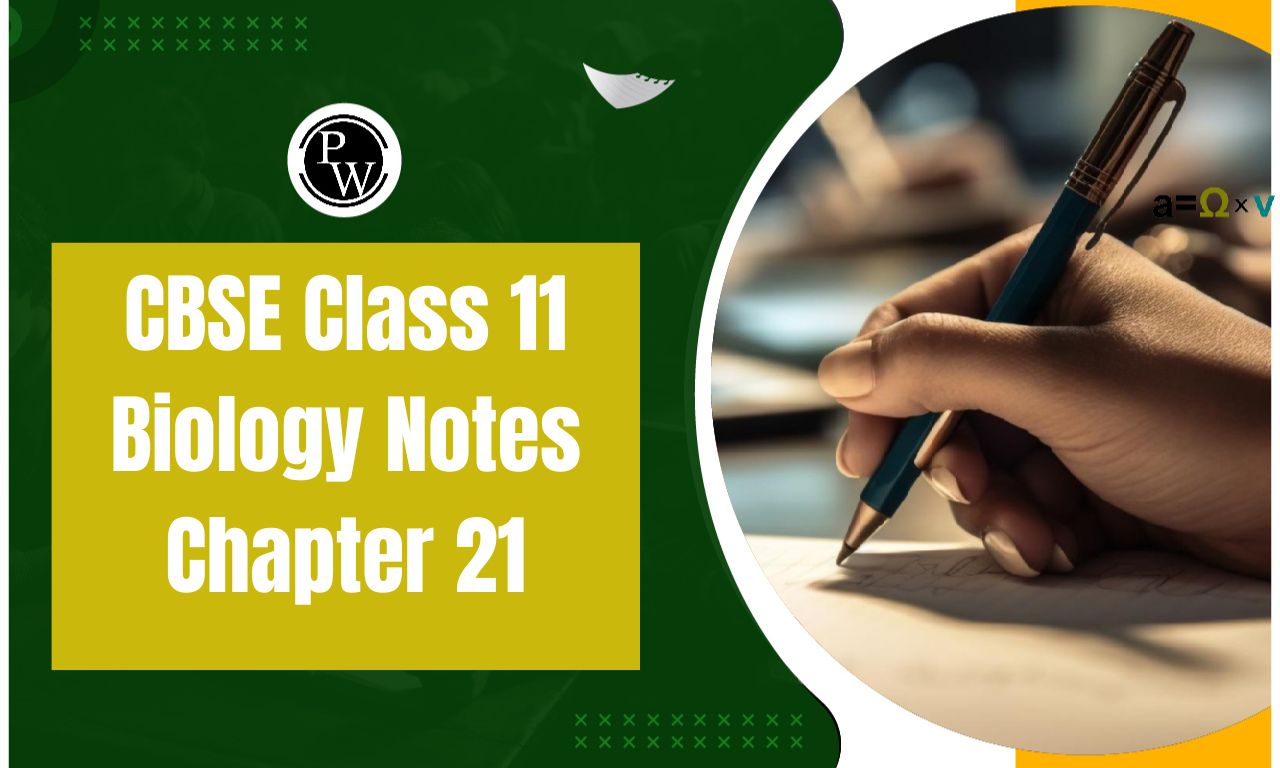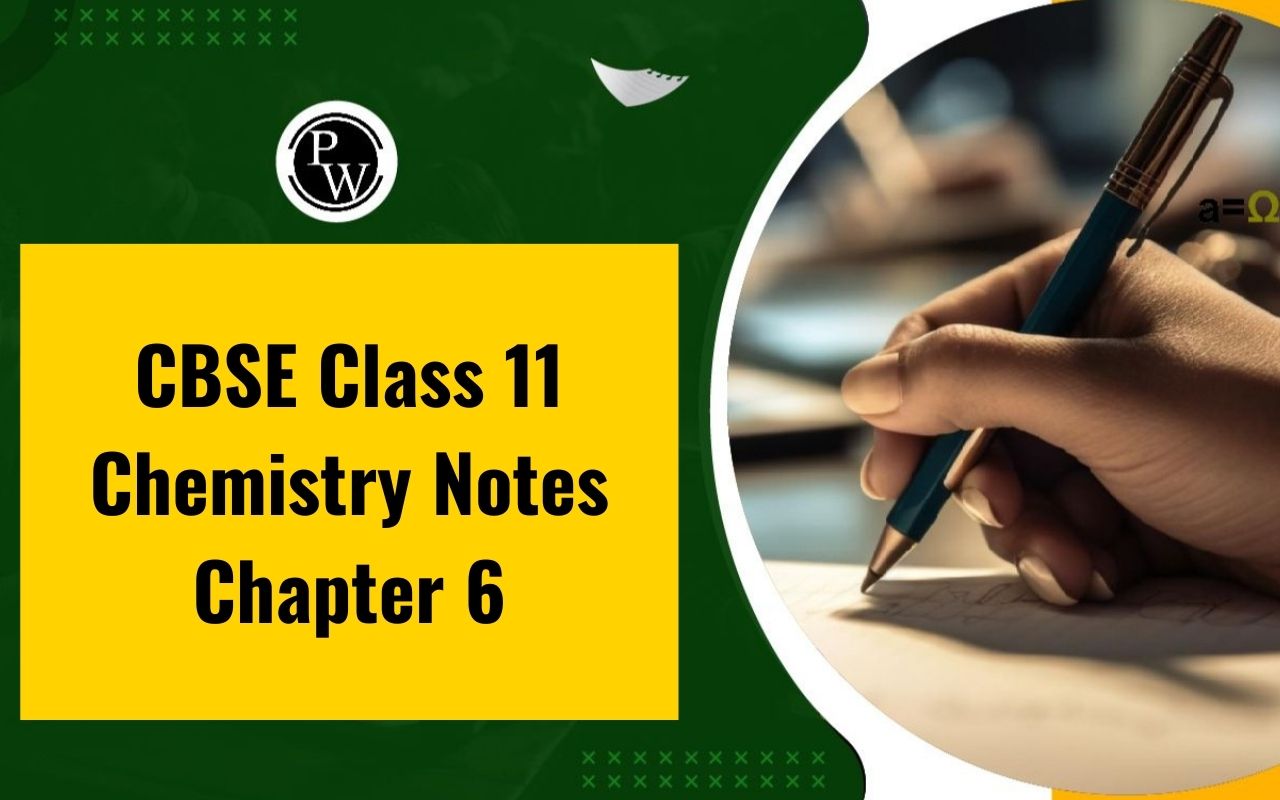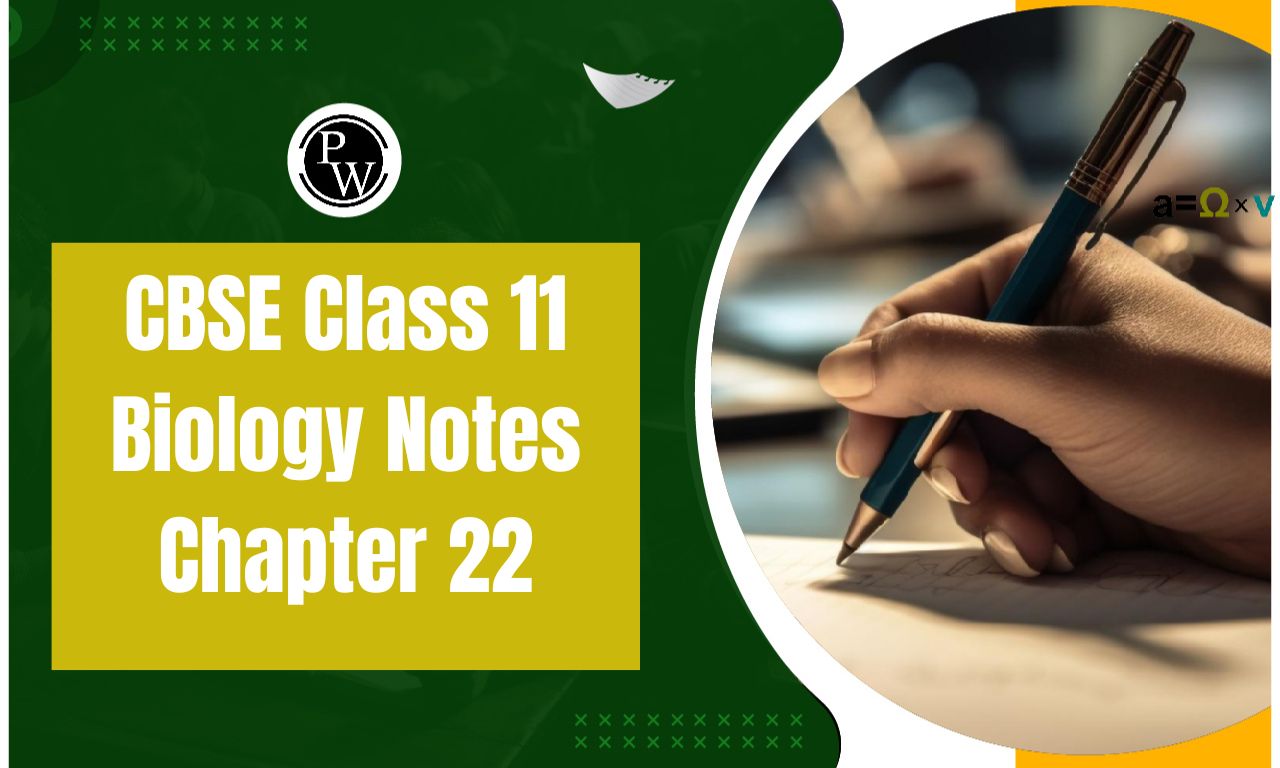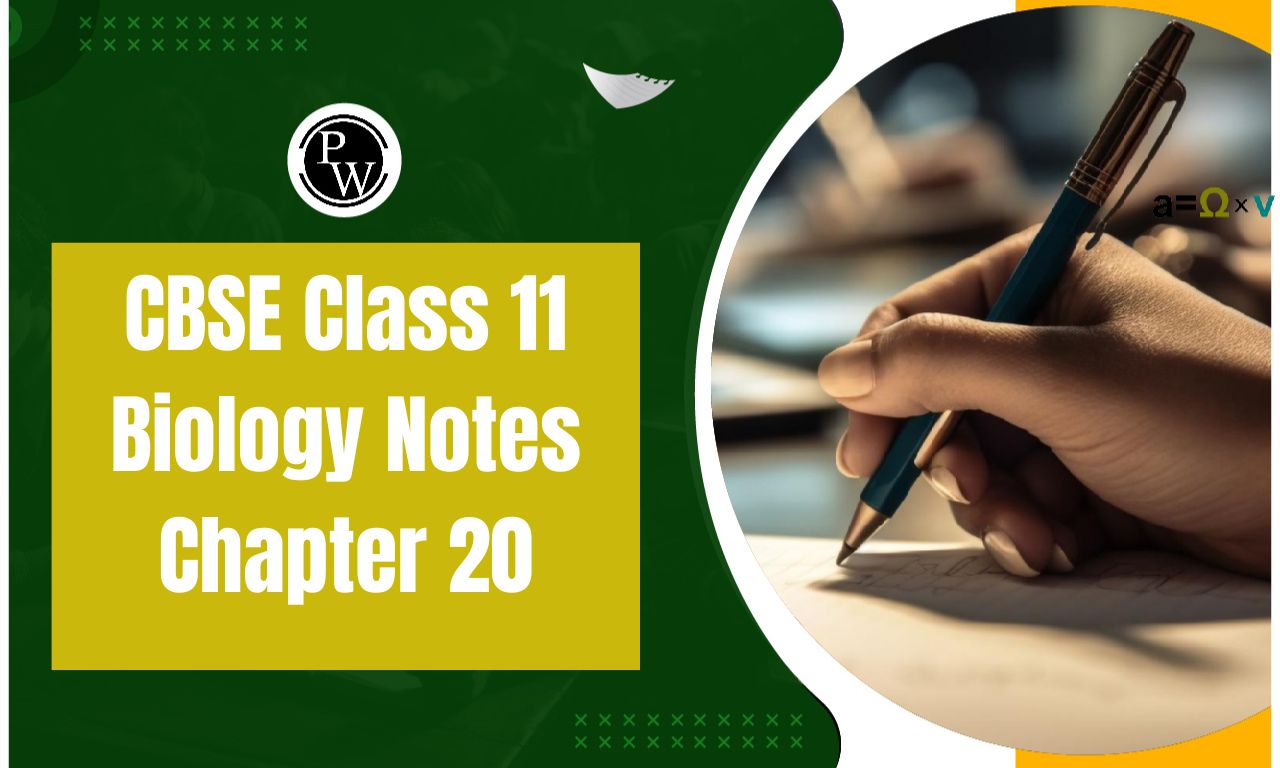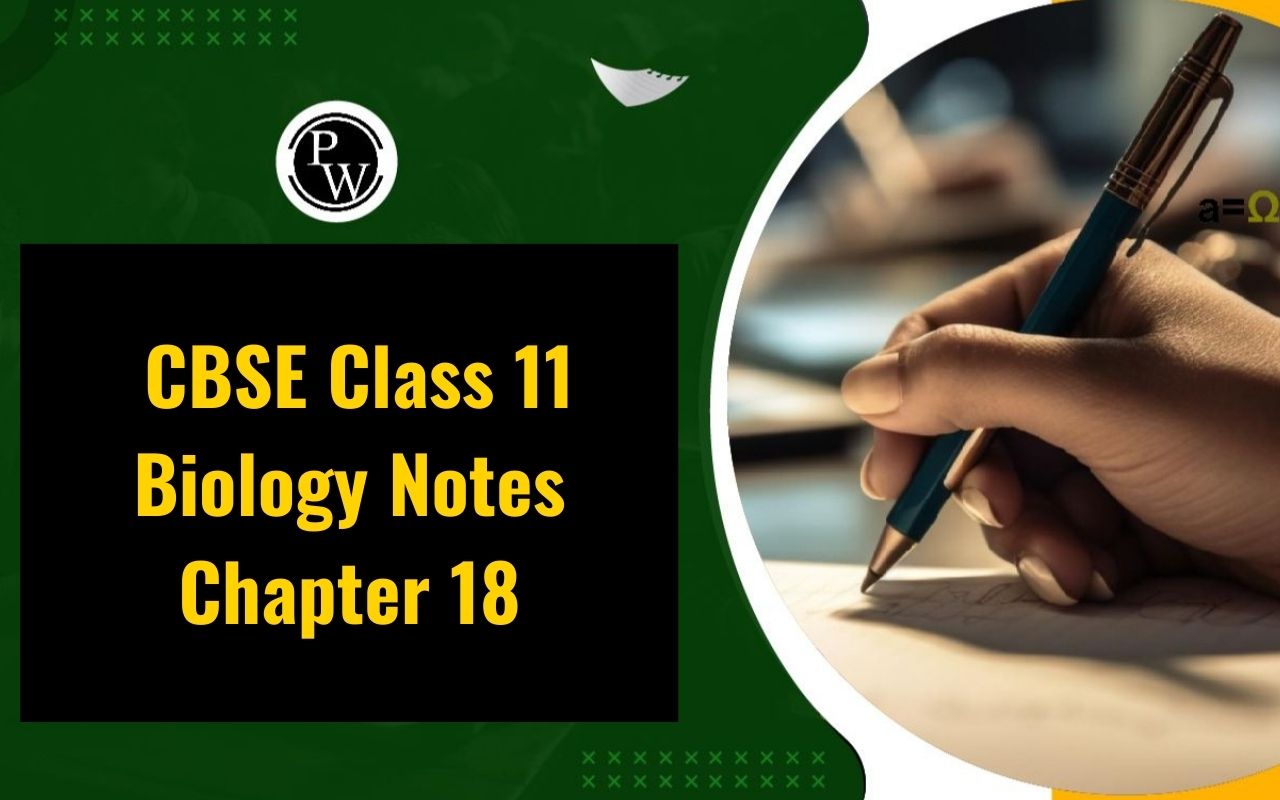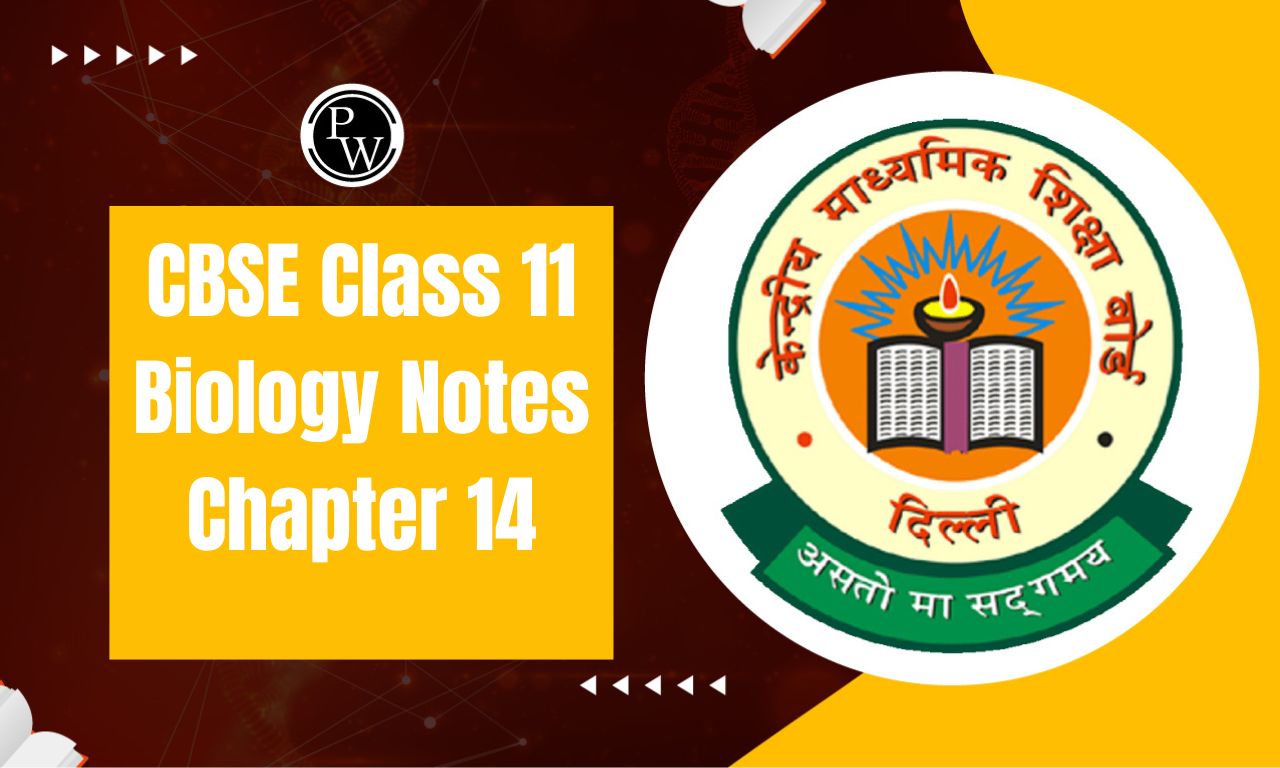
CBSE Class 11 Biology Notes Chapter 13: Here are some suggestions on how to find simple-to-understand notes for Biology Chapter 13 if you're a student in Class 11. CBSE Class 11 Biology Notes Chapter 13, "Photosynthesis in Higher Plants," is crucial material for students to understand and they should be able to explain all of the concepts presented.
The notes for every topic, including biology, are available for free download in PDF format on our websites. Numerous study tools, such as example papers, mock test papers, past year question papers, and revision notes, are available for various grade levels. It is a crucial forum for those hoping to pass competitive exams and a lifesaver for struggling students. Experienced biology teachers use the most recent NCERT book editions to provide CBSE revision notes for Biology chapter 13 in class 12. During exams, students can review their knowledge with the use of concise keynotes and revision notes.CBSE Class 11 Biology Notes Chapter 13 Overview
After students read Biology Chapter 13 Photosynthesis in Higher Plants, they will be better able to comprehend the subjects discussed in the revision notes. Let's discuss the subjects covered in this chapter in the CBSE Class 11 Biology Notes Chapter 13. As everyone is aware, a chapter on photosynthesis appears in science textbooks beginning in grade 1. When students advance to more advanced classes, this is a chapter that requires in-depth comprehension on several levels. We know that the physio-chemical process is used to create organic compounds when light energy is present.CBSE Class 11 Biology Notes Chapter 13 PDF
CBSE Class 11 Biology Notes Chapter 13 will assist students in comprehending difficult material and in getting ready for both entrance exams and board exams. Students can review the notes to see how well they comprehend a certain subject and evaluate their analysis. It would be useful to understand their advantages and disadvantages with regard to the chapter. As a result, they are able to understand every idea in its whole and from the perspective of analysis.CBSE Class 11 Biology Notes Chapter 13 PDF
CBSE Class 11 Biology Notes Chapter 13
Photosynthesis is the process of using carbon dioxide and water in the presence of sunshine to create organic food, or carbohydrates. By photosynthesis, all green plants are able to produce food. Since this is the sole source of carbohydrates where solar energy can be transformed into chemical energy, it is the most significant synthesis process on Earth. The kinetic energy, or light energy, of sunlight is transformed into chemical energy during photosynthesis and is then stored in the molecules of carbohydrates. Our biosphere is sustained and grows thanks to this chemical energy. Plants provide nourishment for all animals, including humans, either directly or indirectly.What we Know About Photosynthesis
The natural physicochemical process of photosynthesis is essential to life as we know it on Earth. The most significant biological process required for human existence is photosynthesis. The primary ingredients for photosynthesis are carbon dioxide, light, and chlorophyll. Here are a few tests to verify this.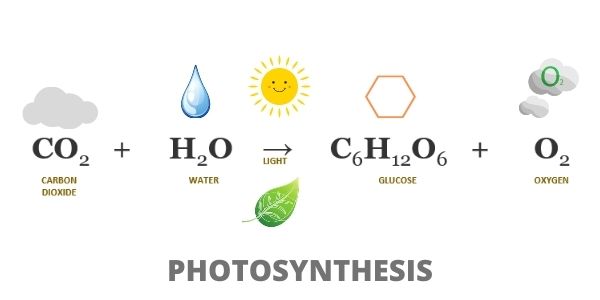
Variegated Leaf Experiment
After being exposed to sunshine, a leaf that has variegated or distorted is examined for starch. Testing revealed that the white spots' absence of chlorophyll is the reason they seem colourless. We deduced from this that chlorophyll is necessary for photosynthesis to occur.Light Screen Experiment
Photosynthesis requires light, as demonstrated by an experiment with a light screen. Then potted plants were taken and starved. Next, one of the leaves of the starving plant is affixed with a black paper or a Ganong light shade. The light screen on the Ganong is a motion-transmitting device that only permits light to travel through a small portion of the free air. Now, the plant spends many hours in the sun. After that, the leaf is taken off, and the starch is examined. The non-starchy area stays colourless while the starchy area becomes blue. Furthermore, only leaves that are under direct sunlight become blue. The portion of the leaf exposed to sunlight had good results for the production of carbohydrates. The portion that is covered and shielded from the sun doesn't produce carbs. This leads us to believe that photosynthesis requires sunshine.Mohl's Experiment
It was shown through Mohl's experiment that photosynthesis requires carbon dioxide. After being split in half and put through a cork, half of the starving leaves are placed in a jar with cotton that has been slightly soaked in potassium hydroxide. The leaf's other half is in the air. Next, the leaf is submerged in water in a bowl. After exposing the entire apparatus to sunlight for a while, the starch is examined. It is evident that starch is only generated on the bottle's exterior leaf portions; starch is absent from the interior leaves. All the conditions for photosynthesis are met by the leaves outside the vase. No starch grows on the leaves inside the bottle because potassium hydroxide absorbs carbon dioxide, proving that carbon dioxide is necessary for photosynthesis.Early Experiments Based on Photosynthesis
Plants may take in carbon dioxide from the environment and expel oxygen, as Joseph Priestley proved in 1774. He carried out an experiment in which he put a lit candle and a rat inside a glass bell-shaped jar. He removed the rat from it after noticing that the air inside had altered. Then, he monitored the rat that lived inside with a lighted candle as he put the mint in a container of water inside the same jar. He deduced from this that the vegetation purified the air that had been contaminated by the fire. Priestley proposed that plants replenish the air that animals breathe while candles deplete it, based on the results of this experiment. He calls the toxic-to-rats air produced by burning candles "PHLOGISTON" and claims that plants transform it into DEPHLOGISTON. According to Jan Ingenhousz, green leaves produce dephlogisticated air, which is air rich in oxygen, when exposed to sunlight. When exposed to darkness, on the other hand, they produce phlogisticated air, which is air rich in carbon dioxide, and contaminate the air. In 1854, Julius von Sachs made the discovery that green plants produce glucose, which is often stored as starch. When TW Engelmann experimented with Cladophora and Spirogyra, he observed that the organisms grouped in blue and red light zones when the light was split by a prism and used to illuminate the algae. Neil and V conducted experiments with purple and green sulphur bacteria. He attempted to demonstrate that appropriate oxidizable chemicals release hydrogen, which converts carbon dioxide to carbohydrates.
Where Does Photosynthesis Take Place
Green plant cells contain chloroplasts, a semiautonomous endosymbiont cell organelle with three membrane systems. It is composed of three primary components: a thylakoid, a matrix, and an envelope. An envelope is made up of two membranes: an inner membrane and an outer membrane. Periplasmic space is the region between the outer and inner membranes. Matrix: Double-stranded circular DNA, the 70S ribosome, the RUBISCO carboxylation enzyme, the PEP carboxylase enzyme, magnesium, CI, and other elements are found in a semi-liquid substrate known as a matrix.Pigments Involved in Photosynthesis
Photosynthetic unit (PSU)/Light-Harvesting Complex (LHC)/Quantasome
The units of photosynthesis known as quantasomes were identified by Roderick B. Park. They are found in the chloroplast's thylakoid membrane and are made of lipids and proteins. When light is converted into chemical energy, this is the smallest group of pigment molecules involved. Their reaction, photo, or trap centres are always made up of a single chlorophyll molecule that consumes pigments that absorb light.Photosynthetic Pigments:
Three main types of photosynthetic pigments are as follow:
I. Chlorophylls
II. Carotenoids
III. Phycobilins
Photorespiration
In a process known as photorespiration, some O2 does bind to RuBisCO in C3 plants, and the RuBP then generates one molecule of phosphoglycerate and phosphoglycolate (2 Carbon).- This process produces no sugar, ATP, or NADPH.
- C4 plants (increased intracellular concentration of CO2) do not photo respirate.
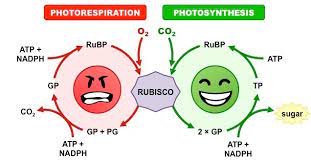
Factors affecting Photosynthesis
According to Blackman's Law of Limiting Factors, if more than one factor influences a chemical process, the factor that is closest to its minimal value will decide the process's rate since it is the one that has a direct impact on the process when its amount is altered.- Light: In nature, light is rarely a limiting element (light saturation happens at 10% of full sunlight).
- Concentration of carbon dioxide: One of the main factors impeding photosynthesis.
- Temperature: The photosynthesis-related enzymes are temperature-sensitive.
- Water: Plants under water stress have stomata closure and withering, which hinders photosynthesis.
Absorption Spectrum
The pigments found in chloroplasts are what absorb light. Different wavelengths of light are absorbed by specific pigments. For instance, blue and red light in the visible spectrum are absorbed by chlorophyll-a. A pigment's light absorption capacity can be visually depicted. The absorption spectrum is the peak of the absorption spectrum with respect to wavelength.Action Spectrum
400–700 nm wavelengths of visible light are used for photosynthesis. It doesn't happen as quickly as other wavelengths. The degree of activity is a measurement of the rate of photosynthesis at various wavelengths. (For example, carbon dioxide is used to evolve oxygen). The spectrum of activity is this graph that shows the rate of photosynthesis as a function of wavelength.Light Reaction
Using the green algal Cladophora, TW Engelmann created the first photosynthetic activity spectrum in 1882. The visible spectrum's red light is when photosynthesis is at its fastest. The visible spectrum's blue and red sections are where photosynthesis mostly takes place; other wavelengths do not see the same rate of photosynthesis because the accessory pigments in these regions are limited to absorbing light energy and transferring it to chlorophyll-a. Only in chlorophyll-a (reaction centre) does the light reaction take place. The process of photosynthesis involves the oxidation of water and reduction of carbon dioxide through a redox reaction.Electron Transport

Non-Cyclic Photophosphorylation
Another name for it is Z-scheme. It is made up of PS I and PS II. Chlorophyll-a 660, 673, 690, Chlorophyll-b, Chlorophyll-c, or Chlorophyll-d, carotenoids, and phycobilins make up Photosystem II (PS II). Phytoplankton A 680 is the response centre. In stromal lamellae, it occurs. NADP+ takes the electron instead of it going back to the reaction centre. When water is photolyzed, electrons are used, which results in the production of NADPH2 and ATP.Advantages of C4 Pathway
Because PEP has a stronger affinity for carbon dioxide, the C4 route is more effective at removing carbon dioxide from the atmosphere and does not include photorespiration. Due to the bundle sheath cells' proximity to the water supply's surface, the impact of water stress on C4 plants is reduced. Because it contains organic acids, it can withstand stress. C4 plants fix the same amount of carbon dioxide in order to minimise water loss. In terms of carbon dioxide fixation, C4 plants were twice as effective as C3 plants.Benefits of CBSE Class 11 Biology Notes Chapter 13
- Students will receive simple reading materials that will allow them to respond to all of the chapter's questions.
- Additionally, it will make it easier for students to answer sample papers and question papers from prior years.
- All students' confidence will grow as a result, and their strengths and weaknesses will be acknowledged.
- Learning the topics will be improved with well-explained notes and nicely analyzed pictures.
CBSE Class 11 Biology Notes Chapter 13 FAQs
Which is the most difficult chapter in class 11 Biology?
What are the important notes for photosynthesis in higher plants?
Where are the ATP and NADPH used?

